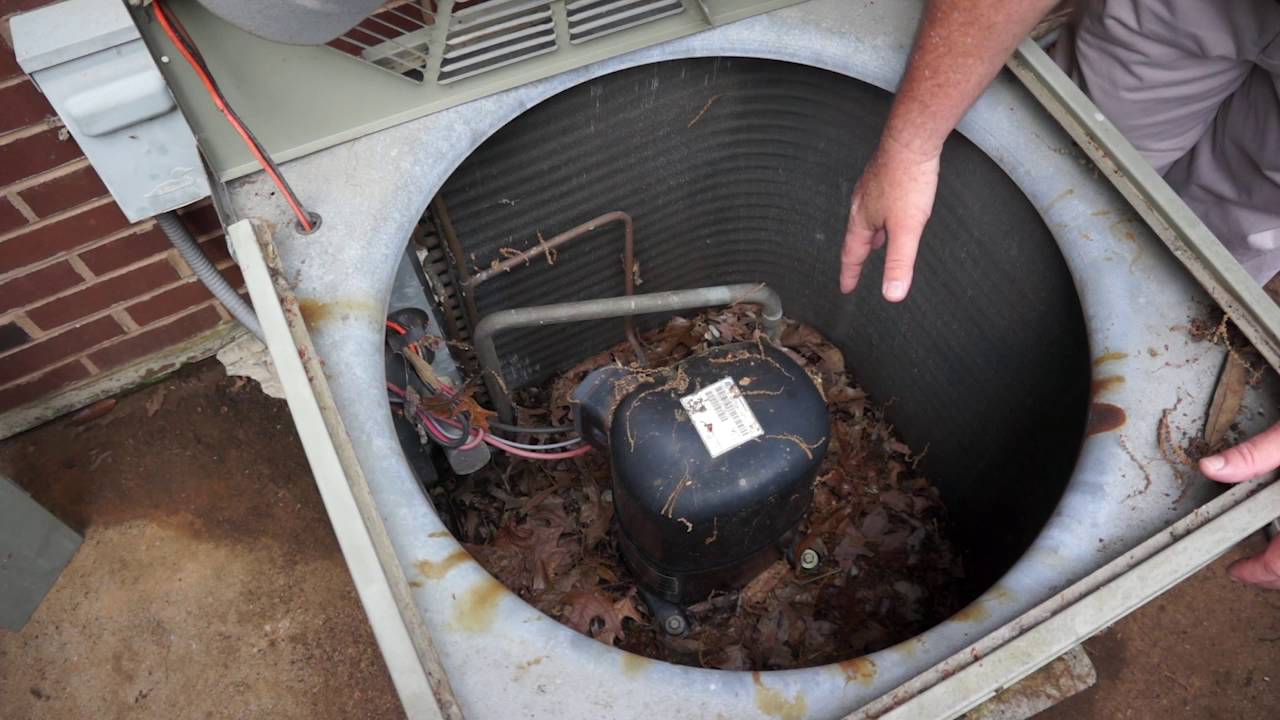Maintaining a heat pump system is essential for ensuring its optimal performance and energy efficiency. Like any mechanical system, a heat pump needs regular attention to ensure it functions correctly and doesn’t break down when you need it most. In this detailed guide, we will break down everything involved in heat pump system maintenance, from basic DIY tasks to professional servicing. By understanding and implementing these maintenance practices, you can prolong the lifespan of your system and maintain peak performance throughout the year.
Understanding the Basics of a Heat Pump System
Before diving into maintenance specifics, it’s important to understand the basic components of a heat pump system. A heat pump works by transferring heat from one place to another, depending on the season. In the winter, it extracts heat from the outside air (or ground) and moves it inside. In the summer, it does the opposite, expelling warm air from your home. The main components of a heat pump include:
- Compressor
- Condenser
- Evaporator
- Refrigerant lines
- Thermostat
All these parts work in tandem to regulate your home’s temperature, and they must be maintained properly to ensure long-term efficiency.
Why Regular Heat Pump Maintenance is Essential
Regular maintenance helps to:
- Improve energy efficiency, reducing utility bills.
- Extend the lifespan of the heat pump, saving you money on replacements.
- Prevent unexpected breakdowns during extreme weather conditions.
- Ensure optimal air quality within the home by reducing the buildup of dust and allergens.
A poorly maintained heat pump system can consume up to 25% more energy than one that is regularly maintained. Moreover, neglecting maintenance can lead to expensive repairs, significantly reducing the system’s lifespan.
Key Tasks Involved in Heat Pump System Maintenance
1. Cleaning or Replacing Air Filters
The air filters in your heat pump system play a crucial role in maintaining air quality and system efficiency. Over time, dust, dirt, and other particles accumulate in the filters, which can clog airflow and reduce the efficiency of your system.
- Check the air filters monthly and clean or replace them as needed.
- For high-use systems, it may be necessary to replace filters more frequently, especially in homes with pets or in areas with high pollution levels.
- Clean filters help to maintain airflow, ensuring that the system doesn’t have to work harder than necessary.
2. Inspecting the Thermostat
The thermostat is the brain of your heat pump system, controlling when and how the system operates.
- Ensure the thermostat is calibrated correctly and is reading temperatures accurately.
- Consider upgrading to a programmable or smart thermostat, which can optimize the system’s efficiency by adjusting the temperature based on your schedule.
- If the system is cycling on and off more than usual, this could be a sign of thermostat issues that require attention.
3. Checking Refrigerant Levels
The refrigerant is responsible for absorbing and releasing heat, making it a key player in the operation of your heat pump.
- Low refrigerant levels can lead to inefficiency, as the system will have to work harder to heat or cool your home.
- A professional technician should regularly check refrigerant levels and refill them if necessary. If levels are consistently low, this could indicate a leak, which needs immediate attention.
4. Cleaning the Coils
The evaporator and condenser coils in a heat pump are responsible for transferring heat. Over time, these coils can become dirty, which impairs their ability to conduct heat.
- Have the coils inspected and cleaned at least once a year.
- Dirty coils can cause the system to lose efficiency and may lead to a complete system breakdown if left untreated.
- A professional should handle coil cleaning to ensure that they are cleaned thoroughly without damaging the system.
5. Clearing and Inspecting Outdoor Unit
The outdoor unit of your heat pump is exposed to the elements and can accumulate debris such as leaves, dirt, and twigs.
- Regularly inspect the outdoor unit to ensure it is free of obstructions.
- Keep a clearance of at least 2 feet around the unit to allow for proper airflow.
- If snow or ice builds up on the outdoor unit during the winter, remove it carefully to prevent damage.
- Keeping the outdoor unit clean is vital for maintaining efficient airflow and preventing the system from overheating.
6. Lubricating Moving Parts
Just like any mechanical system, a heat pump has moving parts that need to be lubricated to reduce friction and wear.
- Fans, motors, and bearings are all parts that should be inspected and lubricated regularly.
- Proper lubrication reduces wear and tear, helping to extend the lifespan of the system’s components.
7. Inspecting Electrical Connections
Faulty electrical connections can lead to inefficient operation and even pose a safety hazard.
- During professional maintenance, a technician will inspect and tighten all electrical connections to ensure everything is functioning as it should.
- Additionally, the system’s capacitors and relays should be checked to ensure they are in proper working condition.
8. Testing the Reversing Valve
The reversing valve allows the heat pump to switch between heating and cooling modes. If this component malfunctions, the system may not switch modes correctly.
- Ensure the reversing valve is working properly during routine inspections.
- If you notice the system isn’t switching modes effectively, this could indicate a problem with the reversing valve that requires professional attention.
When to Call a Professional for Heat Pump Maintenance
While some maintenance tasks can be performed by homeowners, others require the expertise of a trained professional. It is generally recommended to schedule professional heat pump maintenance at least twice a year, typically before the start of the heating and cooling seasons.
A professional will:
- Perform a thorough inspection of all system components.
- Test system performance to ensure it is operating at peak efficiency.
- Identify and address any potential issues before they become major problems.
- Provide detailed maintenance reports to keep track of system health over time.
Common Heat Pump Maintenance Mistakes to Avoid
Even with the best intentions, homeowners can sometimes make mistakes that reduce the effectiveness of their heat pump maintenance efforts. Here are some common mistakes to avoid:
- Neglecting regular filter changes, which leads to airflow restrictions and system inefficiency.
- Attempting to clean sensitive components like coils without the proper knowledge or tools.
- Ignoring strange noises coming from the system, which could indicate a serious problem.
- Failing to clear debris from the outdoor unit, leading to airflow blockages.
By avoiding these mistakes and sticking to a regular maintenance schedule, you can keep your heat pump running smoothly for years to come.
Conclusion
Maintaining your heat pump system is not only about keeping it running efficiently but also about extending its lifespan and preventing costly repairs. Regular maintenance tasks like cleaning or replacing filters, inspecting the thermostat, checking refrigerant levels, and keeping the outdoor unit clear of debris can make all the difference in the long-term performance of your heat pump.
If you’re unsure about any aspect of your system’s maintenance or want to ensure that everything is working optimally, don’t hesitate to call in a professional. Regular professional inspections and maintenance are key to catching small issues before they become big, expensive problems.




